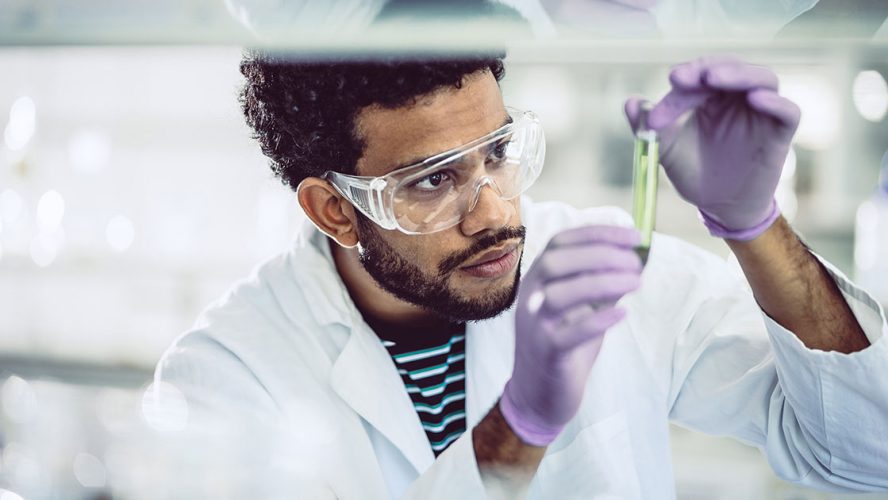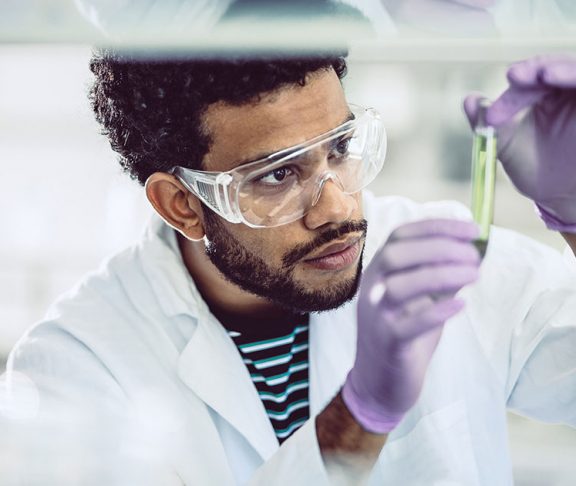
Carmen L. Wiley, Ph.D.
President, America Association for Clinical Chemistry (AACC)
If I asked you what the solution is to the antibiotic resistance crisis, the first thing you might think of is creating new drugs that kill resistant microbes. What you might not realize, however, is that new clinical laboratory tests for infectious diseases are equally important.
Antibiotics are indispensable for treating bacterial infections like strep throat and pneumonia, but they don’t work — and shouldn’t be used — for viral illnesses, such as the common cold or flu. In the past, however, traditional culture-based tests could take several days to determine whether a patient had a bacterial infection and which antibiotic would treat it effectively. Doctors couldn’t postpone treatment for this long, especially in cases where a delay was potentially life-threatening.
So instead, they would often prescribe antibiotics automatically while waiting for test results to come in. This contributed to rampant antibiotic overuse. To help solve this problem, the scientists who work in clinical laboratories have developed new tests that greatly reduce the time it takes to diagnose infectious diseases.
Most of these new tests are less than a decade old, but thanks to their accuracy and speedy turnaround times, they are already essential tools in the battle against antibiotic resistance. Using these tests will help limit unnecessary antibiotic use while ensuring antibiotics continue to work for the patients whose lives depend on them.


